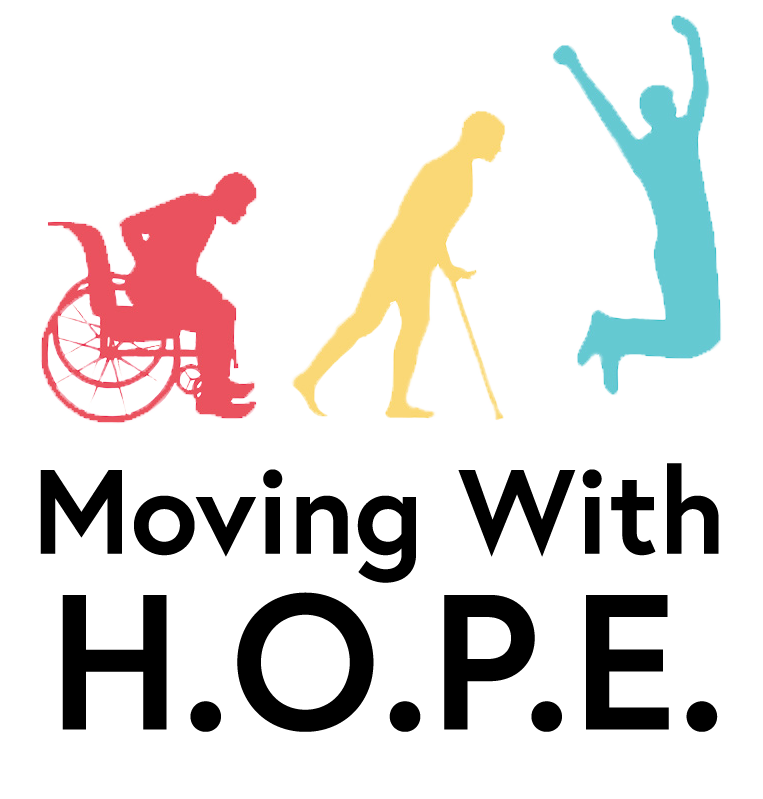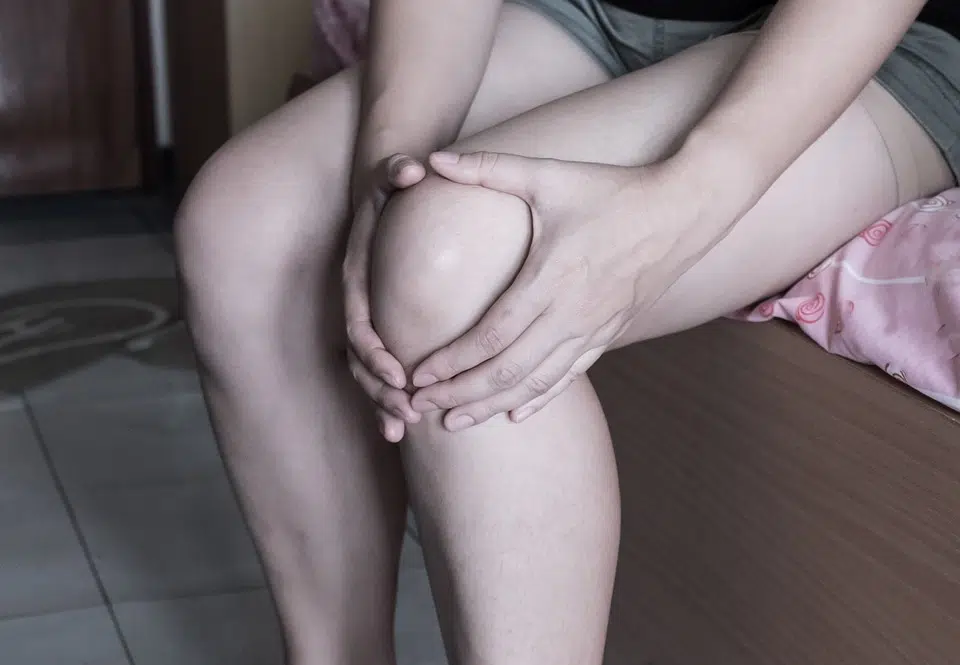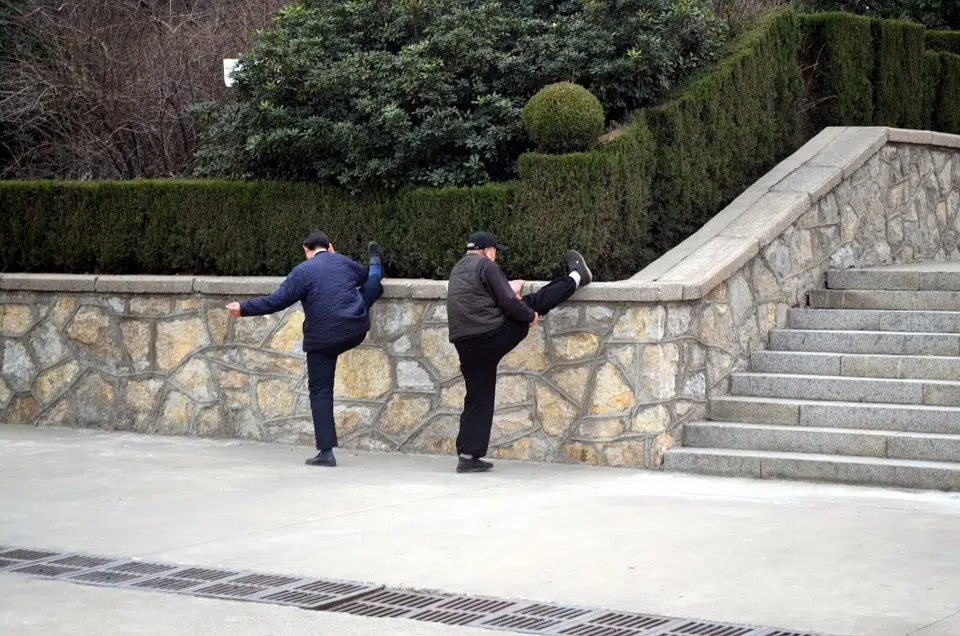What does an occupational therapist do for adults? A lot! Their services are not limited to any age group but are for people of all ages. An occupational therapist therapeutically uses daily activities to help people live fully. Occupational therapy promotes health and either prevents or helps you to live better with an injury, illness, or disability. Let’s discuss the benefits of an occupational therapist for your health and wellbeing.
What Does an Occupational Therapist Do for Adults?
An occupational therapist treats injured, ill, or disabled clients of all ages. They work with people who seek to overcome their physical, developmental, cognitive, or emotional challenges. Occupational therapists help you develop, recover, improve, and maintain the skills needed for daily life.
Occupational therapy is a combination of mental, physical, and psychological exercises to help clients perform daily activities with ease. These tasks include basic activities like getting cleaned and dressed, eating, walking, and driving.
An occupational therapist assists you to master the skills for living independent, creative, and satisfying lives. They are trained to provide services in daily activities that are necessary for everyday living. Occupational therapists design treatment plans that meet your unique medical requirements.
What Body Parts Do Occupational Therapists Treat?
Occupational therapists are generally specialists in conditions that affect the elbow, wrist, hand, and shoulder. However, they can assist with conditions that affect the entire body.
Each client’s case is unique and so the treatment plans will vary. Therefore, an occupational therapist will change their approach depending on your needs. For example, they will focus on cognitive exercises for clients with mental disabilities. Similarly, they will focus on physical rehabilitation activities with clients suffering from mobility challenges.
There are many types of occupational therapists. However, some occupational therapists specialize in geriatric rehabilitation or healthcare for the elderly. They design the best treatment plans (including specialized exercises) to help you fulfill your emotional, physical, environmental, and psychological needs.
How Occupational Therapists Assist the Elderly
Let’s discuss some of the ways that occupational therapists can help elderly clients:
Address Any Arthritis Concerns You May Have
Occupational therapists can help by recommending safety modifications to their clients’ homes and workplaces. Occupational therapists help you deal with arthritis and continue to live independently as long as possible.
An occupational therapist analyzes your special case to determine the type of arthritis and then make the appropriate interventions. If you suffer from arthritis, you will often feel pain and discomfort whenever they move the affected joints.
Occupational therapists help you to use your hands more effectively and/or change your “resting” positions to more comfortable ones. This will help you to perform more strenuous activities with ease and with less resting breaks needed.
Improve Your Range of Motion
Occupational therapists specialize in “range of motion” (ROM) exercises which are common and useful techniques. ROM exercises increase your ability to move while reducing your pain and stiffness.
ROM exercises vary with the affected body part and any underlying condition(s). Three types of ROM exercises are:
Passive Range of Motion (PROM) Exercises
PROM exercises are suitable for clients who are unable (or not allowed) to move the body segment. However, a clinician, family member, or caregiver can move that body part.
PROM exercises are usually done when a client is in a coma, paralyzed, healing from a fracture, or if active muscle contraction leads to pain.
One of the main objectives of PROM is to counteract the negative impact of immobilization. However, you should keep in mind that these exercises will not prevent muscle atrophy.
Active Range of Motion (AROM) Exercises
These exercises are done by the client, without any assistance. AROM exercises are suitable when you can voluntarily contract, control, and coordinate the movement of the body segment.
However, AROM exercises should not be done when the movement of a specific body part is contraindicated. Contraindications to AROM (or cases when AROM should not be done) include:
- Healing fracture sites
- Healing surgical sites
- Severe and acute soft tissue trauma
- Cardiopulmonary dysfunction
There are also conditions that require taking extra caution with AROM exercises. These include:
- Acute rheumatoid arthritis
- Major pain or joint swelling
- If any symptoms are worsened with the exercises
Active Assisted Range of Motion (AAROM) Exercises
AAROM exercises mean that you need assistance (from an external force) to move. You may need this help due to weakness, pain, or changes in your muscle tone.
The assistance may be provided manually, mechanically, or by gravity, while you perform a voluntary muscle contraction to the extent you can do so. AAROM exercises are best suited to help you improve any muscular weakness, fatigue, or pain.
Improve Your Vision
Not all vision loss is irreversible. With some conditions and with help from occupational therapists, you can regain lost vision. Very much like physical therapy, vision therapy also includes exercises for your eyes and brain. This can all be done without surgical treatment.
Occupational therapy can help you with eye conditions like double vision, lazy eye, balance, dizziness, strabismus, and blurred vision. Your occupational therapist begins by identifying whether the damage is irreversible or not, then they can give you the treatment tailored to your needs.
Enhance Your Memory and Cognitive Skills
As we age, our brain cells also deteriorate, which leads to forgetfulness or dementia in severe cases.
Occupational therapy can help you keep and improve your memory and cognitive skills at any stage of memory loss. But the earlier the treatment begins, the better the outcome. Some examples of cognitive exercises include solving crossword puzzles and reading books.
In the latter stages of memory loss, occupational therapists will focus on improving the quality of life. This is done using sensory stimulation and simplification activities.
Help You Cope With Chronic Pain
Chronic pain can occur for many reasons such as:
- Aging of the affected bones and joints
- Nerve damage
- Traumatic injuries
- Injuries that fail to heal properly
Chronic pain can make you lose control over your daily activities. Occupational therapists use managed approaches to give you adaptive methods to complete your everyday tasks. These methods may involve:
- Proactive pain control
- Safe body mechanics and ergonomics
- Neuromuscular rehabilitation
- Reducing muscle tension
- Pacing activities
How Occupational Therapists Help Stroke Patients?
Let’s discuss some key issues arising in the wake of a stroke and how an occupational therapist can help:
Can a Person Walk Again After a Stroke?
Yes, it is possible to walk again after a stroke. However, regaining your mobility post-stroke is one of the most important challenges during rehabilitation. The ability to walk independently leads to a better quality of life and increases your body’s ability to heal much better.
When you suffer from a stroke, this leads to several issues such as:
- Hemiplegia (or the weakening or paralysis of one side of the body)
- Loss of balance
- Weak muscles
- Impaired spatial awareness
- Poor physical coordination
Stroke survivors often require the assistance of a loved one or a caregiver. You may also need proper tools and support systems to help them until they regain mobility.
Furthermore, there are several exercises, treatments, and surgical procedures that can increase your mobility.
How Long is Rehab After a Stroke?
The length of time taken for your stroke rehabilitation depends on the severity of your stroke and related complications. Some persons recover quickly, while others need some form of long-term rehabilitation. These rehabilitation sessions could last months or years after your stroke.
You should note that your stroke rehabilitation treatment plan will change throughout your recovery. You can relearn critical skills and your needs may also change. However, with ongoing practice, you should continue to make gradual gains over time.
How Do I Find a Rehabilitation Program for a Stroke Survivor?
What does an occupational therapist do for adults? We’ve discussed several benefits of occupational therapy for your rehabilitation. Moving With Hope provides expert medical interventions for stroke survivors in Shelton, CT through our experienced team of occupational therapists, physical therapists, speech and language therapists, and other healthcare roles.
Furthermore, we will work with your family doctor and the existing medical team to design an extensive treatment plan that serves your health requirements. We invite you to contact us today and get started on your journey to a better future for your health.



